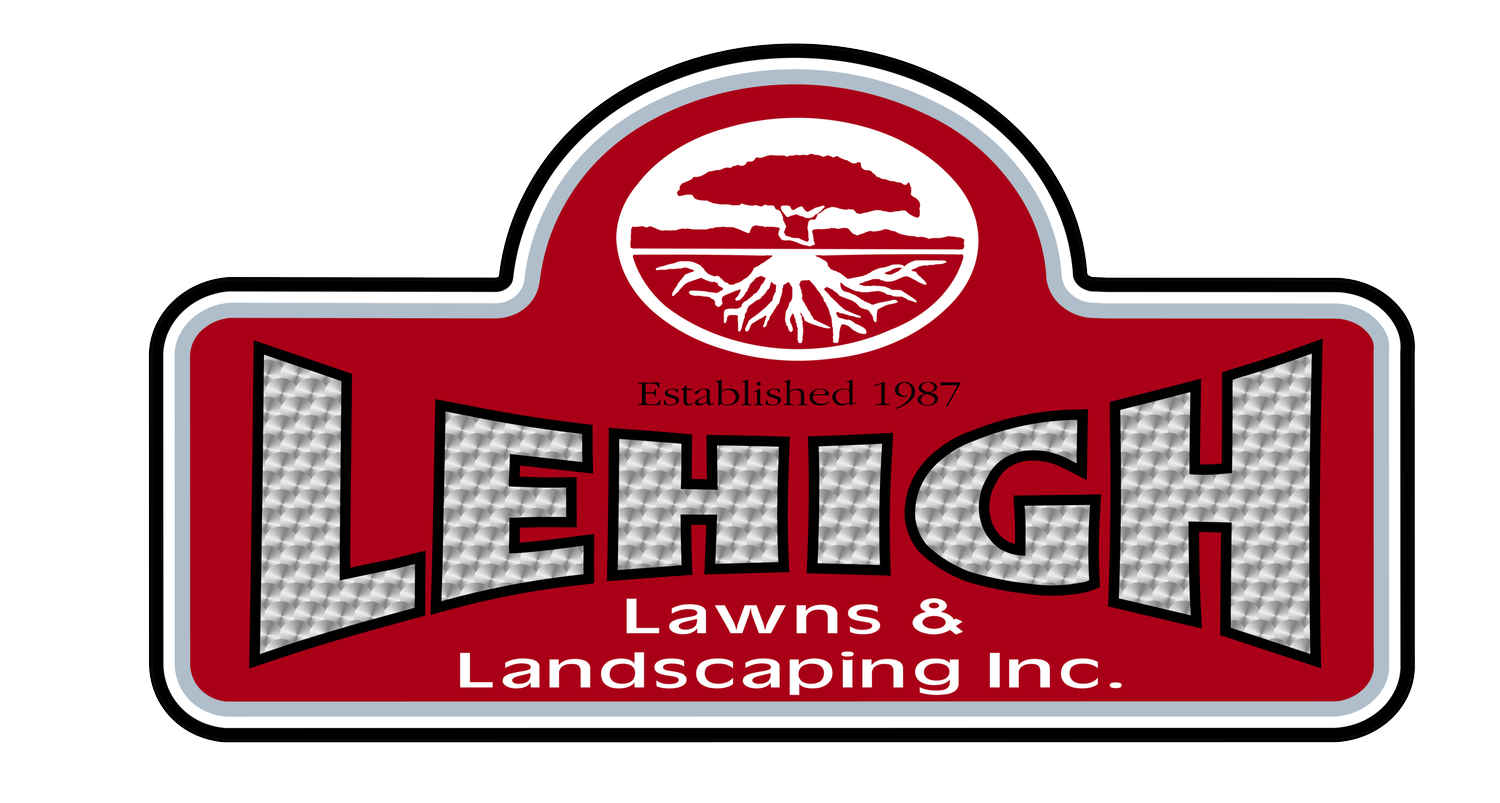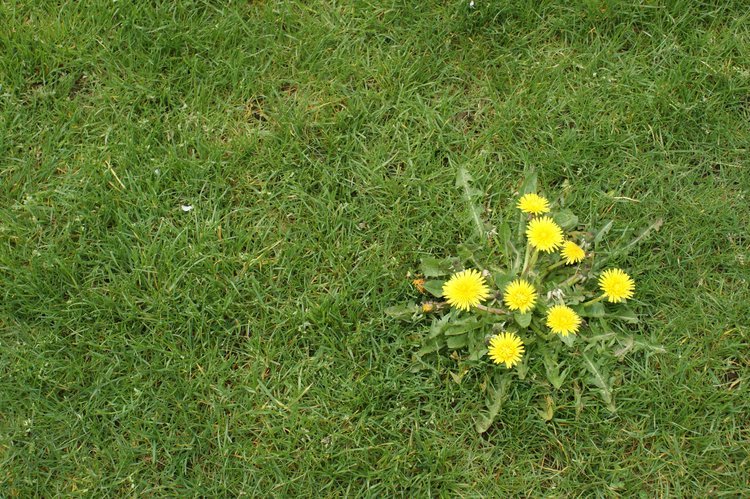When to Apply Weed Killers in Wappingers Falls, NY
Picking dandelions and searching for four leaf clovers is only fun when you are young. As you get older and have your own yard in Wappingers Falls, NY, these become simply weeds that are resistant to simple attempts to remove them from the lawn. Fall can be the ideal time of year to control perennial weeds such as dandelion, clover, and chickweed because this is the time they begin shifting food from their leaves to the roots. Applying weed killer in the fall will hurt them at the roots and result in a spring lawn that’s lush and weed-free.
What to Apply
Applying a weed killer with a pre- and post-emergent herbicide can be the most effective at controlling weeds. Pre-emergent herbicide kills the weeds that have not begun to grow and lay dormant during the cold weather, only to spring up seemingly overnight as the weather warms. Post-emergent herbicide kills the weeds that are already growing in the fall and early winter before frost.
A weed preventer is particularly useful for crabgrass prevention, which starts to take over untreated lawns in the summer months. One of the greatest defenses against crabgrass is a healthy, lush lawn. Crabgrass will take the opportunity when your grass is thin or isn’t getting enough water to begin taking over. A treatment that’s applied before the crabgrass makes an appearance is what truly does the trick.
When to Apply
September to early November can be a good time to apply weed killer, since the weeds are moving carbohydrates from their leaves to the roots. As they shift this food, they will also transfer the absorbed herbicide to the root, a shift that won’t end well for them. A fall treatment can be more effective for certain types of weeds.
Related: When is the Right Time to Lime and Fertilize Your Hopewell Junction, NY Lawn?
Application of weed control is ideally applied when the air temperature is around 50 degrees and warmer. Covering the lawn with herbicide on a sunny day can keep the plant dry, and get the herbicide to be absorbed into the plant and root. It shouldn’t be watered for 24 hours.
A Healthy Lawn
A healthy, lush lawn chokes out those weeds that you despise, making fall prevention of weeds much easier. The following steps can help your lawn to thrive, reducing the amount of herbicides needed to reduce weeds in the spring and summer.
First, testing the soil takes the guesswork from knowing the exact composition of nutrients for the base of the lawn. Second, the soil test will guide the selection of fertilizer to supply calcium, nitrogen, and other nutrients to nourish the grass. Third, a pre-emergent herbicide can be used to prevent crabgrass growth. Fourth, sharpened mower blades are a necessity for cleanly cut grass—ragged grass edges are more likely to invite disease.
The goal of establishing a healthy lawn is to remove the food source for weeds to thrive. Nutrient rich soil provides a base for vigorous grass growth, while irrigating deeply and frequently allows the water to penetrate the roots.
A professional lawn care service can bring a ho-hum lawn to an “Oh, wow!” yard that will be fully enjoyed when spring arrives. Professionals can work with you on the exact timing of weed killer and other treatment that would be most effective for your yard.
Relevant: Weed Killer Tips for Dealing with Common Weeds in Wappingers Falls, NY

